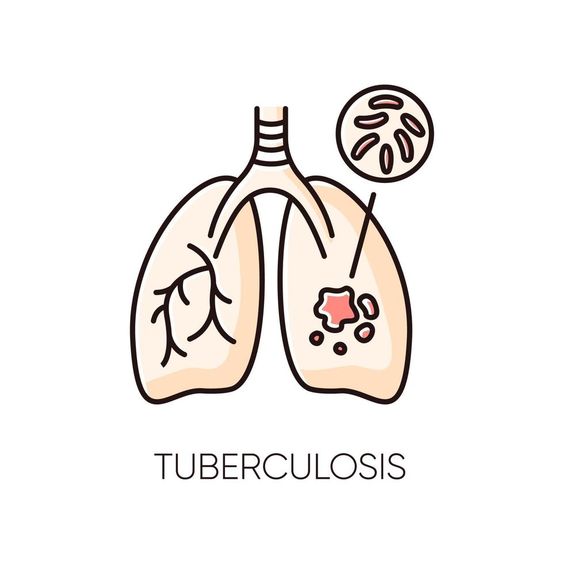Understanding Tuberculosis
Tuberculosis (TB) is a bacterial infection that primarily affects the lungs, although it can impact other parts of the body as well. Caused by the bacterium Mycobacterium tuberculosis, TB spreads through the air when an infected person coughs, sneezes, or talks.

While TB is curable and preventable, it remains a significant global health concern. Symptoms of TB can be subtle for many months, leading to delayed diagnosis and potential transmission. Understanding the basics of tuberculosis, including its transmission, symptoms, and treatment, is crucial for prevention and early detection.
What are the Symptoms of Tuberculosis?
Tuberculosis often develops gradually, with symptoms sometimes taking months to manifest. Common symptoms of TB include:
- Persistent cough: A cough lasting for more than three weeks, often accompanied by mucus or blood.
- Chest pain: Discomfort or pain in the chest, particularly when breathing or coughing.
- Fatigue: Unexplained tiredness, weakness, or lack of energy.
- Weight loss: Significant weight loss without a clear reason.
- Loss of appetite: Decreased desire to eat or feeling full quickly.
- Chills and fever: Experiencing chills, fever, or night sweats.
If you experience any of these symptoms, especially a persistent cough, it is important to seek medical attention promptly.

.jpg)